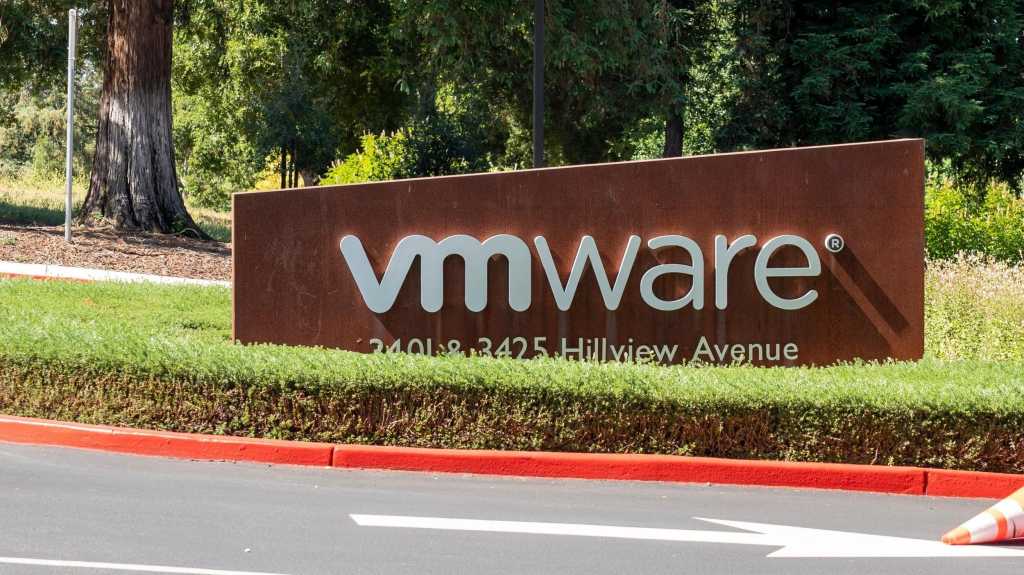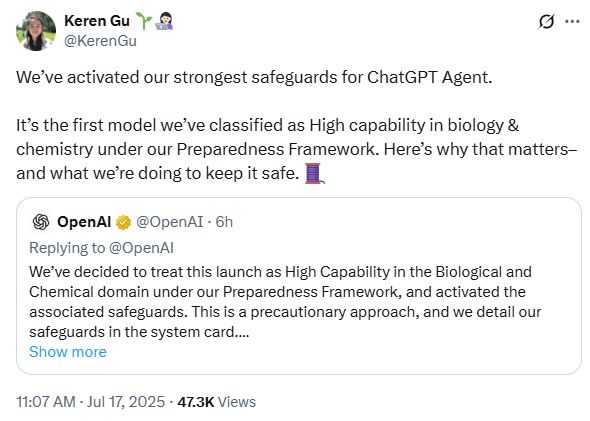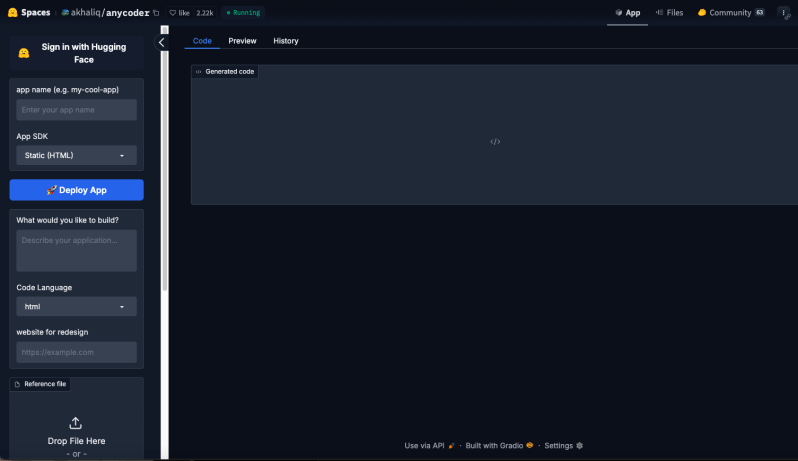
Any Linux systems administrator needs to be proficient with a wide range of commands for user management, file handling, system monitoring, networking, security and more. This article covers a range of commands that are essential for managing a Linux server. Keep in mind that some commands will depend on the particular Linux distribution you’re using.
Managing user accounts and groups
Creating user accounts, setting up initial passwords and determining how often they should be changed, setting up user groups as needed, and locking and closing accounts are all important tasks. A Linux sysadmin should be familiar with the following commands:
- useradd, adduser, userdel and usermod – to set up, delete or modify user accounts
- groupadd, groupdel, groupmod and gpasswd – to create and manage user groups
- passwd – to change passwords
- id, whoami and groups – to view user identity and group information
- chage – to manage user password aging and account expirations
Managing files and directories
Linux sysadmins need to move around the file system, set up directories, locate files and collect information on files. The following commands will be needed:




















